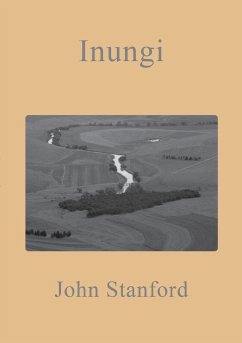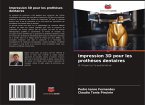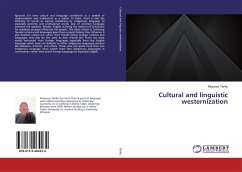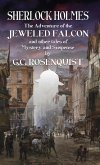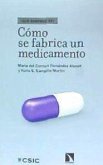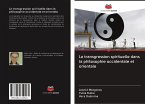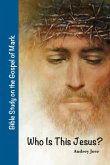John Stanford was born in 1929 on Inungi, his father's farm in East Griqualand. After qualifying as a civil engineer and working for a short time in Canada, he returned to Inungi to work alongside his father. In 1965 he took over the running of the farm. Cut off from the rest of the Kokstad district by the Umzimvubu River, Inungi was mountainous and remote. Horses were indispensible as transport, fire and flood were ever-present hazards, living was exhilarating but tough for both farmer and farmworkers. This memoir spans John's life from his childhood years until 1984 when the farm was expropriated for inclusion in Transkei. In his factual and vigorous style, it tells of the risks, disasters, joys and satisfactions of a self-sustaining way of life.
